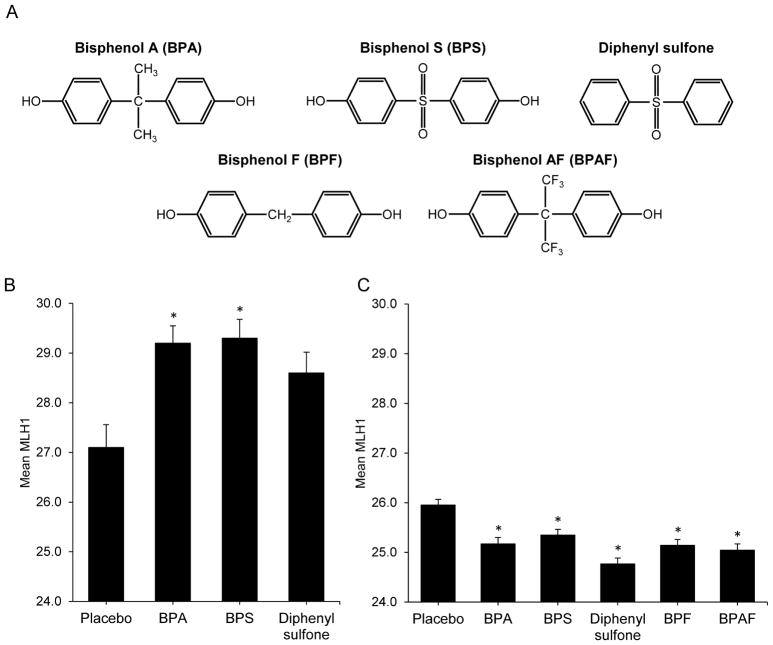Figure 3. Bisphenol analog exposure elicits male and female meiotic effects.
(A) Chemical structures of BPA and four replacement bisphenols. (B) Mean MLH1 counts ± SEM for females treated 14–15 dpc with placebo, or 20 ng/g BPA, BPS, or diphenyl sulfone. Groups represent 37, 100, 88, and 56 cells for 3 placebo, 7 BPA, 6 BPS, and 6 diphenyl sulfone females, respectively). (C) Mean MLH1 counts ± SEM for males treated from 1–8 dpp with placebo or 20 ng/g BPA, BPS, diphenyl sulfone, BPF, or BPAF. Groups represent 420, 270, 330, 300, 385, and 270 for 14 placebo, 9 BPA, 11 BPS, 10 diphenyl sulfone, 13 BPF, and 9 BPAF males, respectively). Groups were compared by one-way ANOVA (F = 4.1, p < 0.01 for females; F = 11.4, p < 0.0001 for males). Significant differences were determined by Tukey-Kramer post-hoc test (asterisk denotes p < 0.01 post-hoc comparison with the placebo). See also Figure S1.

